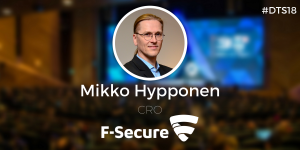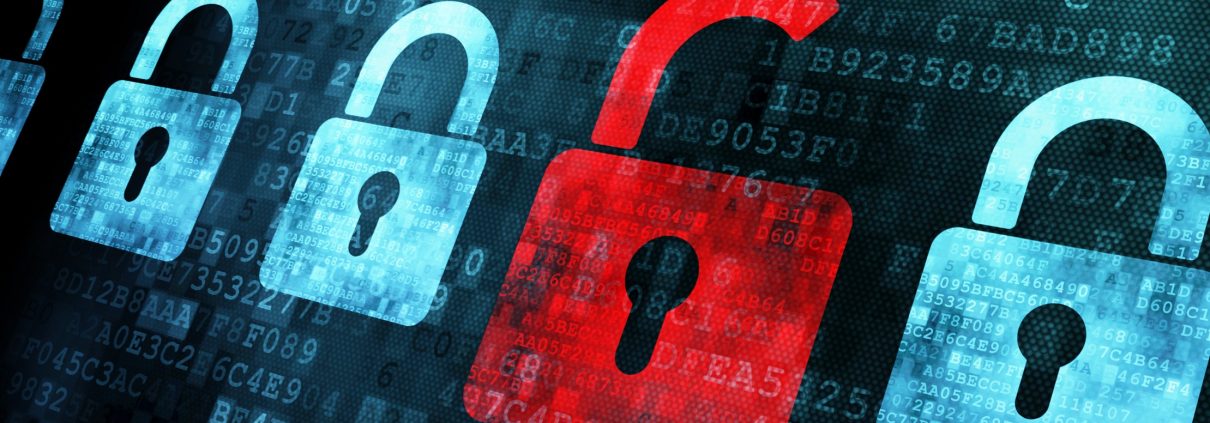4 Ways to Protect Your Devices From Cyber Attacks
With over 26 years experience in the computer security industry, Mikko Hypponen has analysed thousands of viruses and caught several online criminals. Currently the Chief Research Officer, Hypponen has written on his research in the New York Times, Wired and Scientific America and has done hundreds of interviews for international TV. His TED Talk, “Fighting viruses, defending the net“, is the most watched computer security talk on the internet. Catch Mikko Hypponen as headline Cyber Security keynote speaker at #DTS18, 18 & 19 April 2018. Click here for tickets.

On May 12, 2017 multiple organisations were hit by crypto-ransomware called WannaCry. Infected users are unable to use their machines and their files get encrypted until they pay a ransom of up to $300 in Bitcoin. The ransom note in WannaCry though claims that if you are “too poor to pay” the ransom, they will unlock your files for free … after 6 months.
A huge number of organizations have been impacted, along with considerable amounts of public infrastructure. Amount of infected systems is more than 100,000. This is the biggest ransomware outbreak in history.
WannaCry is spreading fast because the Windows vulnerability it uses allows it to spread as a worm from one infected system to another. This doesn’t require any user interaction.
What to do?
1. Make sure you’re running a robust security solution that covers all your devices.
Browsing protection and file scanning engines are a must for online security, but for organisations it often doesn’t cover you entirely.

2. Take regular backups of your data.
The easiest way to reduce the damaged caused by a ransomware attack is to minimise the data that would be lost – both at an individual and organisational level.
Backup early & often: How to remove ransomware like WannaCry: Use this battle plan to fight back https://t.co/E6mzX7VlWF @itnewscom#wannacry
— Leigh Anne Varney (@lavarney) May 15, 2017
3. Keep the software on all your devices up to date to prevent exploits.
WannaCry shows the dangers behind the use of out-dated, pirated operating systems.
4. Be extra careful with email attachments
Especially with ZIP files and Office documents (Word, Excel, and PowerPoint). Don’t open email attachments that are sent by someone you don’t know. Also disable macro scripts from any Office files you receive via email.
@zeynep Just got this as well. Super sophisticated. pic.twitter.com/l6c1ljSFIX
— Zach Latta (@zachlatta) May 3, 2017
More info at F-Secure
–
Buy your ticket to DTS18 today!
———
GET YOUR DTS TICKET TODAY (link)



